
When humans interfere in nature, disasters and imbalances cause them to
be balanced, and because of that interference, there are many places
that are not suitable for living, some of which are observed:
Anthrax Island:

During World War II, the island of Bernard was used by the British
government for biological warfare tests, anthrax tests, the island
became a laboratory for testing biological weapons by British forces,
and researchers found that the anthrax virus, which was released during
these experiments, made the place unlivable.
Korean Domiz Region:
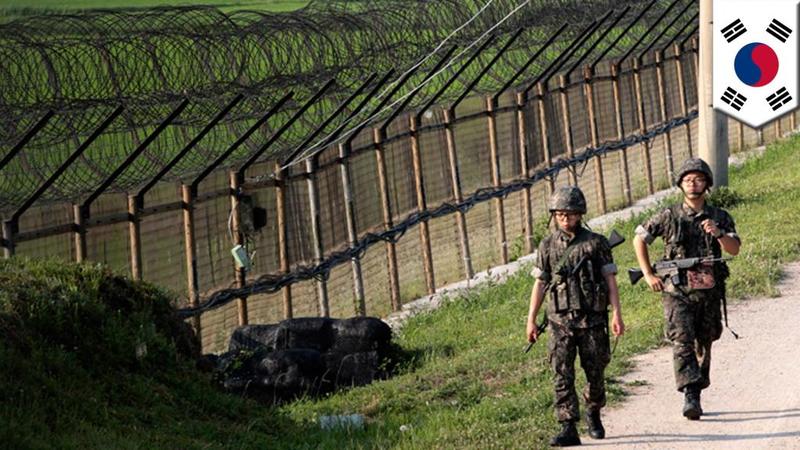
A demilitarized Korean area, a security belt area between North and
South Korea, which prevents the presence of weapons with a common
agreement between the governments of the two countries, but which poses a
danger of the greatest accumulation of anti-personnel landmines in the
world.
Gilman in Colorado:
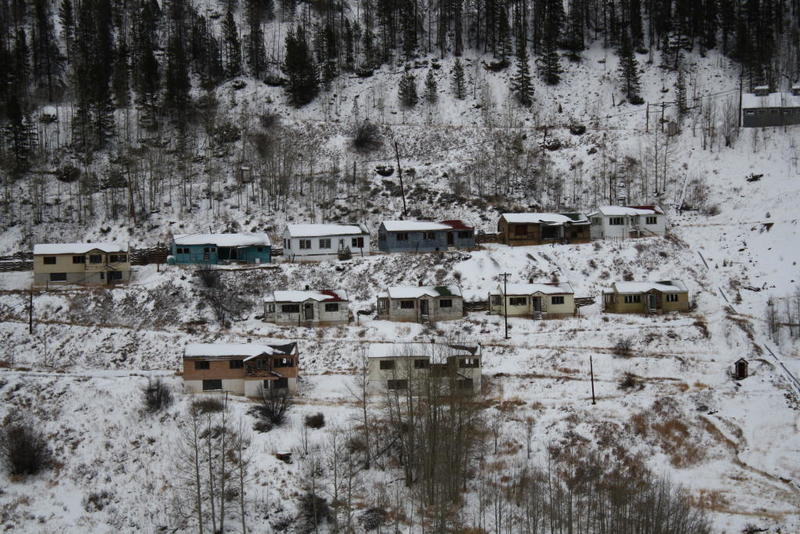
The city of ghosts, abandoned by the city, is due to groundwater
pollution from mining practices, which have allowed an abundance of
zinc, lead, cadmium, arsenic and sulphides to pollute water, destroy
life inside it, no longer habitable, and have completely abandoned the
city.
Bikini Atoll:
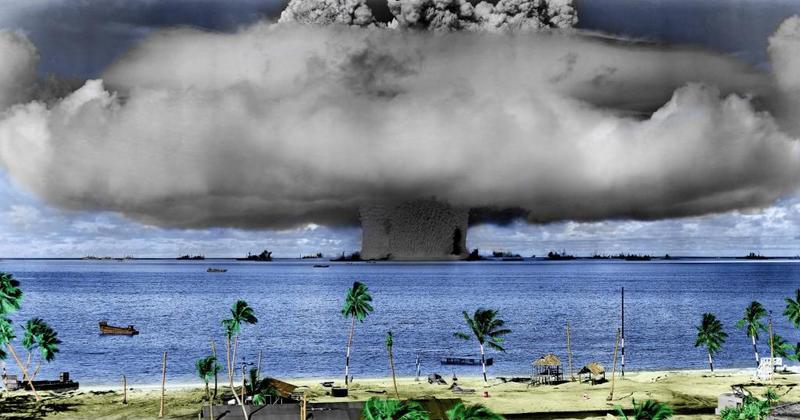
A Pacific Marshal Islands ring people, consisting of 23 islands, 8.8 square kilometers and a nuclear test on this island.
Becher in Oklahoma:
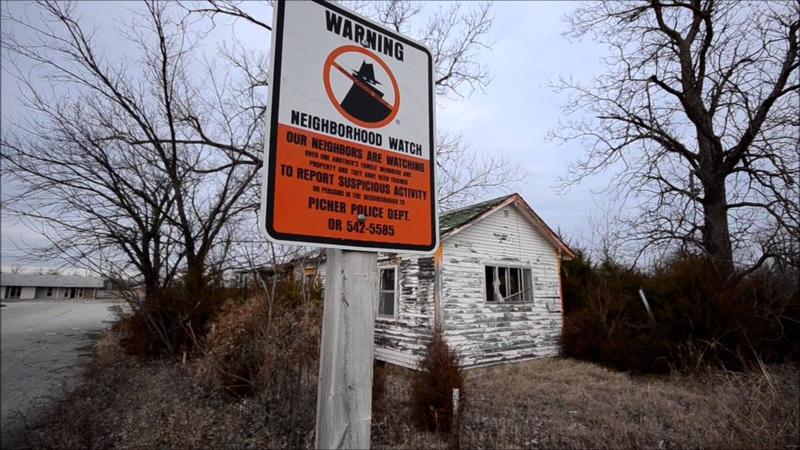
If you want to be shot, it’s the city that’s best for you, with
plenty of lead and zinc, because of many U.S. government studies in the
area, where large piles of toxic minerals are scattered around the city.
Whitnum in Australia:

The area contains an abundance of aspst mineral, is dangerous to
humans, is dangerous to the type of mineral substance in which aspst is
found, and its health effects depend on the amount of time that man is
exposed by radiation, as well as on the number, length, and durability
of fibers.
Centralia in Pennsylvania:
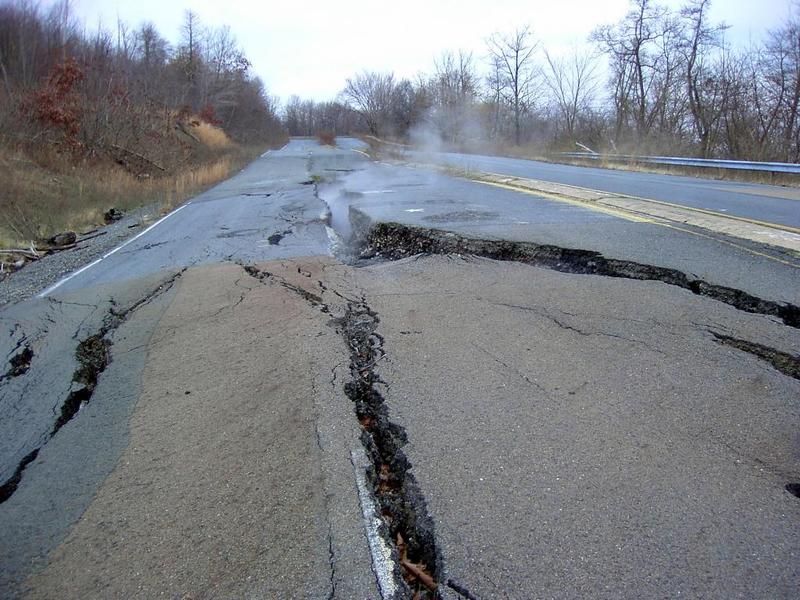
The city of Hell was called, in 1962m, the fire erupted in a garbage
mine near the town, the result of which was a fire in the mine, then
the fire moved to the coal veins below the town, and from that date
until today the coal veins are still burning below the city. This has
led to many fires in different places, and experts estimate that coal
will continue to ignite for at least 250 years under that city.
Chernobyl:


The Chernobyl disaster, which took place at the Chernobyl reactor, is
the largest nuclear disaster in the world. Following the Chernobyl
disaster, Ukrainian authorities declared the area, which includes the
city of Pripyat, a disaster area, cordoned off its 30-kilometer radius
from the reactor site, and evacuated more than 100,000 people from their
homes there.
Aral Sea:

It is an internal sea located in Central Asia between Uzbekistan and
Kazakhstan north, occupying the lowest parts of the vast Turan basin,
known by Arab GGravio as the Khorzm Sea, and called it the 17th century
Russians the name of the Blue Sea, the region has become highly
environmentally contaminated, with serious consequences for the public
health of the population. 75% of the water has dry.
Fukushima:
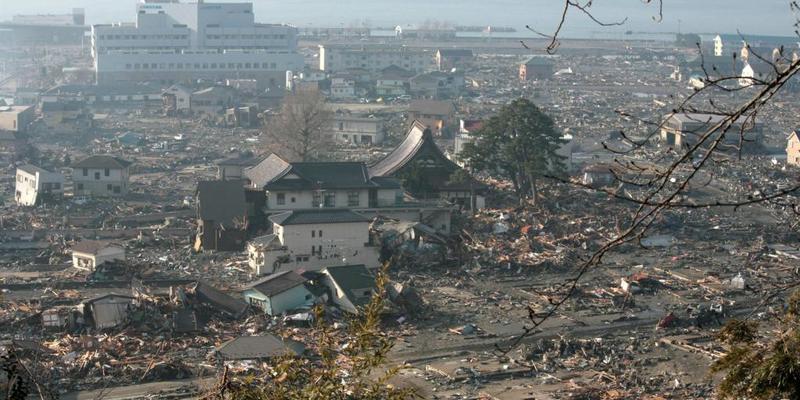
A disaster that developed after Japan’s major earthquake on March
11, 2011, within the Fukushima 1 nuclear reactor, where cooling problems
led to a rise in reactor pressure, followed by a problem in controlling
the vent caused by an increase in radioactivity. The Japanese
authorities called on the citizens to evacuate the area in a
ten-kilometer beam around the station site.
In the past, humans have not known the meaning of pollution, but
today there are many places that are not safe to live in, whether
because of neglect, weapons testing, climate change, and in the last
century. Man reinforced his efforts, causing great damages to the
planet.











